What does OSHA Mean by Walking-Working Surface?
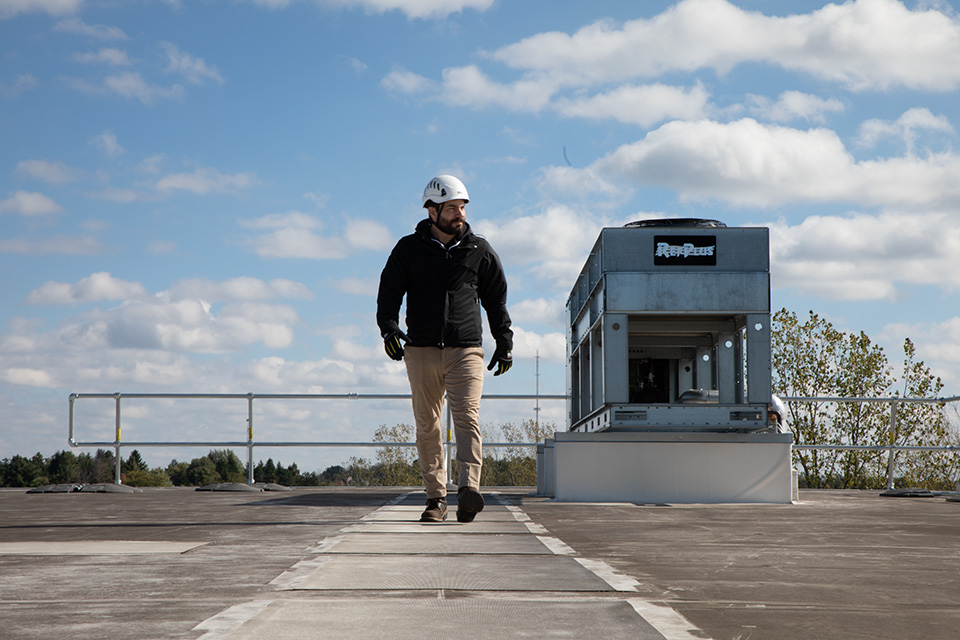
In the world of workplace safety, fall protection gets a lot of attention and for good reason.
Slips, trips, and falls are consistently a leading cause of workplace injuries. OSHA has established specific regulations and practices to protect against these hazards.
What does this all have to do with walking/working surfaces? I’m glad you asked.
When you fall, it’s from a surface. You may be working on this surface. You may be walking. I know this is a bit on the nose, but it’s a leading cause of injury for a reason.
So, let’s dive into some OSHA regulations for walking/working surfaces and see if there is something that you didn’t know or have yet to address.
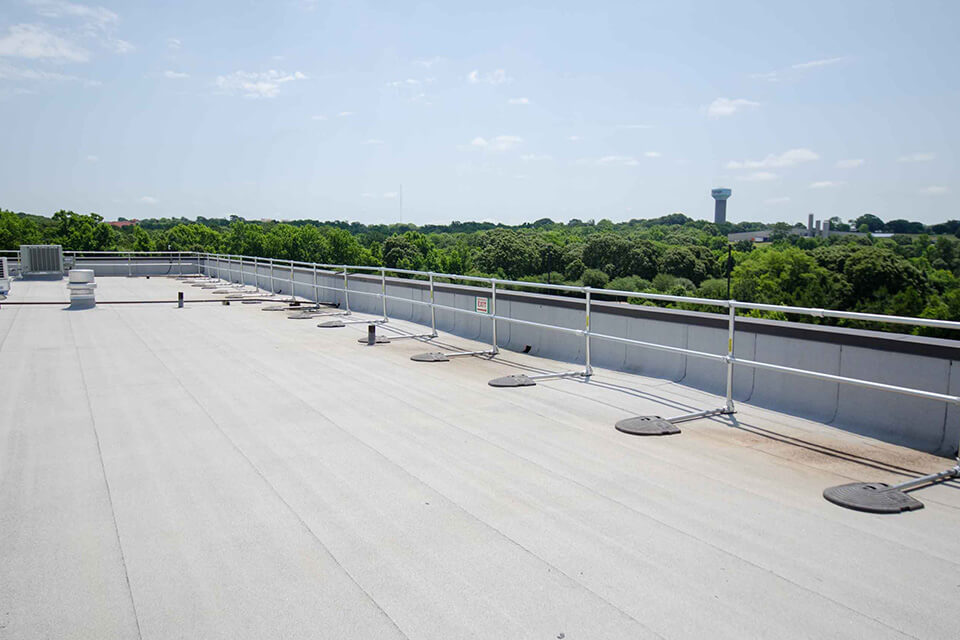
General Requirements for Walking/Working Surfaces
Let’s start by defining what a walking/working surface is accoording to OSHA. OSHA defines a walking working surface as “any horizontal or vertical surface on or through which an employee walks, works, or gains access to a work area or workplace location”. Basically, wherever your employees feet land is considered a walking/working surface.
The very first thing that OSHA addresses for walking and working surfaces is to keep a clean, tidy, and organized space. This means that your mezzanine storage space shouldn’t have boxes and tools spread about. Your rooftop shouldn’t have cable lying around and should be cleared of dangerous natural debris.
Surfaces should be kept as reasonably dry as possible. Obviously, we can’t stop rain or snow from falling on our rooftops. But we can prevent access to TPO roofs in wet or icy conditions. Or, we can provide non-slip surfaces to work from that are designed for those conditions.
Other surface conditions that employees should be protected from are corrosion, loose floor boards, sharp or protruding objects, spills, and any other dangerous hazard.
Walking/working surfaces need to be able to withstand the maximum intended load for that surface, which can vary based on the surface. For instance, scaffolds need to be able to support their own weight plus four times the intended load. Check with OSHA for your specific type of surface if you are unaware of the capacity requirements for your surface.
Each walking/working surface needs to have a safe means of accessing that surface. Remember, though, that the stairs or ladder you use to gain access to a surface are also considered to be a walking/working surface.
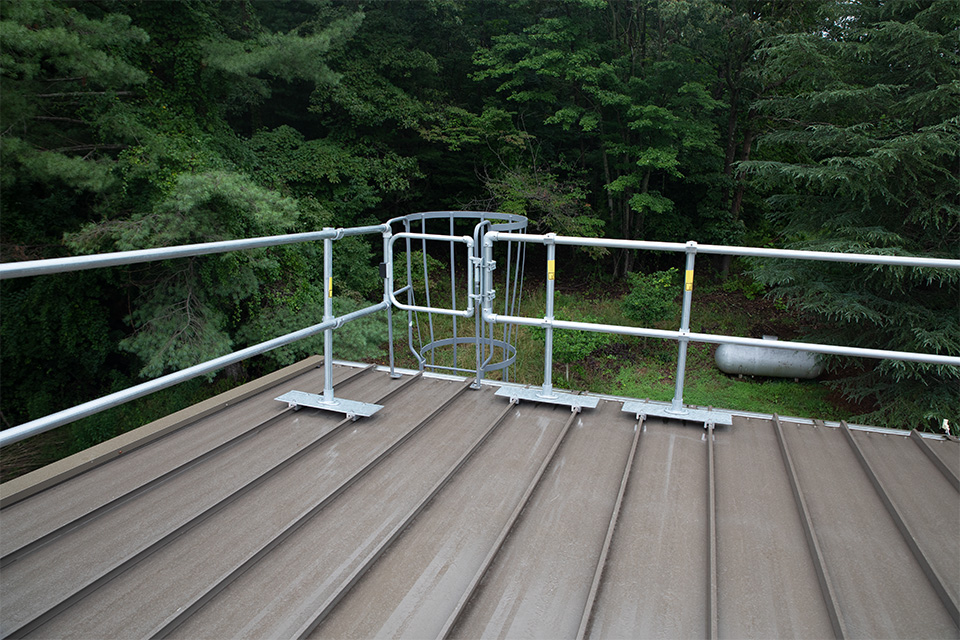
Fall Protection for Walking/Working Surfaces
Is every elevated walking/working surface considered to be a fall hazard?
Even though every elevation change needs to be considered for workplace safety, not every elevation is considered to be a fall hazard.
So, what is considered to be a fall hazard?
The short answer is that any surface that is four feet or more above another level is considered to be a fall hazard and fall protection is required.
The long answer...well, that can get a little more complicated. OSHA changes the requirements depending on the surface, type of work, or even the industry. For example, the construction industry would change that height to six feet. However, certain scaffolds will not need fall protection until ten feet. If you’re not sure, then consult with a fall protection expert.
Falling into or onto dangerous equipment is the only time that height doesn’t matter and fall protection is always required.
Other than that, four feet is the most common application and a good place to start from.
So, if it's a four foot drop, then provide fall protection like a guardrail or a personal fall protection system.
A Commonly Missed Surface
In my travels as a fall protection expert, one area that is often neglected is the walking part of walking/working surfaces. It’s easier to remember the work zone when determining a safety plan. However, we cannot forget to consider how employees are gaining access to the work zones.
How close to the roof edge will employees walk in order to gain access to the HVAC? Will they need to climb over ductwork or stand on roof dunnage? How wide is the walkpath if it is inbetween an upper level and a roof edge?
All of these things should be included when deteremining how to keep employees safe on walking/working surfaces.
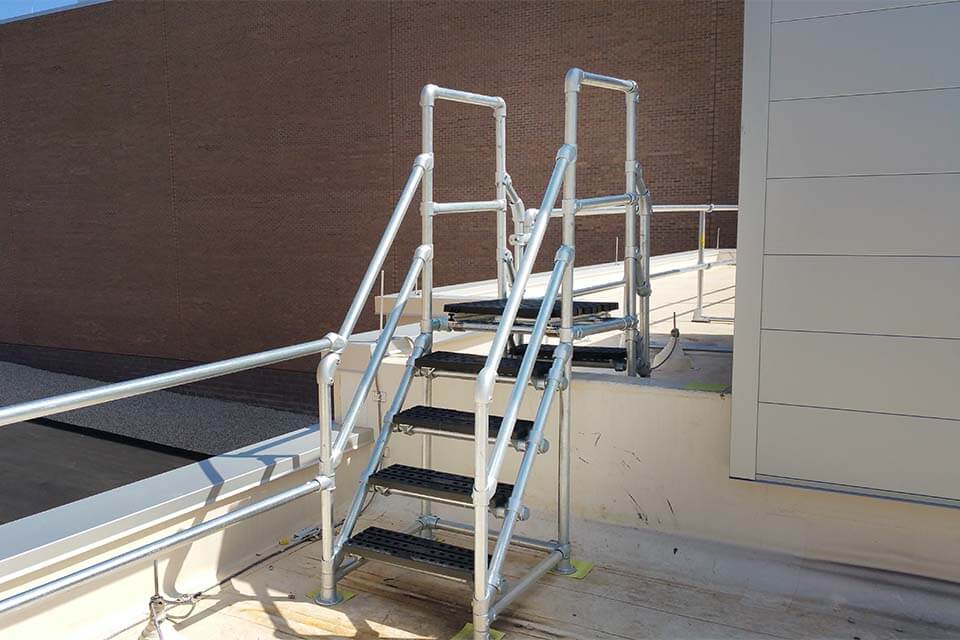
Fall Protection for Stairs and Ladders
Remember when I said that stairs and ladders are considered to be walking/working surfaces too?
Well, these, too, have safety regulations designed to provide a healthy work environment for employees. So, what needs to happen for ladders and stairs?
Fixed ladders require a ladder safety system or an overhead personal fall protection system if the ladder is 24 feet or more in height. A ladder safety system typically is a lifeline, cable or track, that is attached to the ladder with a carrier that travels with the employee during a climb or descent.
Cages and wells are no longer considered to be fall protection as of the 2017 OSHA update. You can read more about this and other changes in our OSHA updates guide.
Stairs require guardrails if they are more than four feet in height and handrail if they have four or more risers, including the upper level.
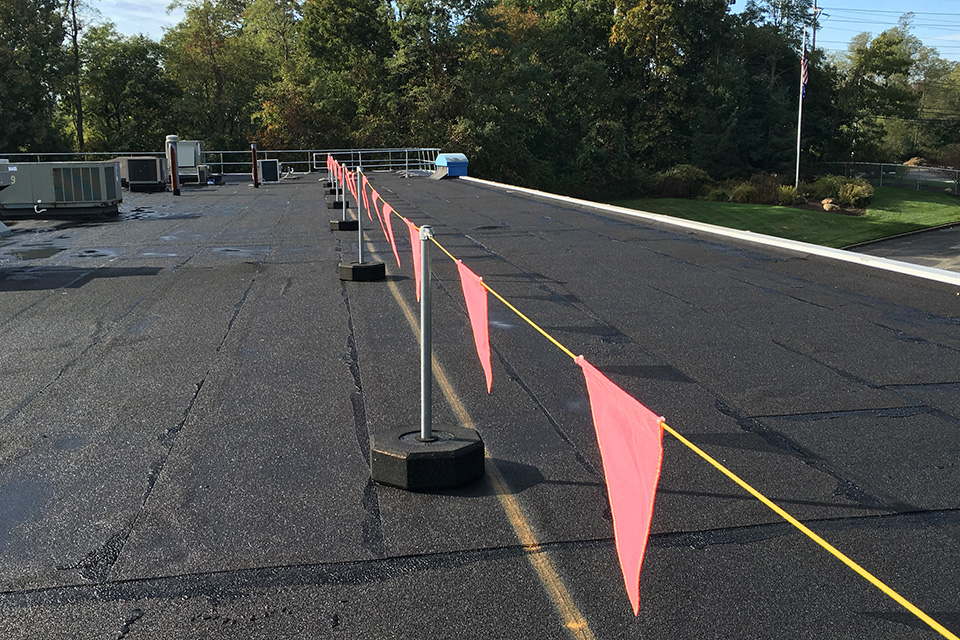
Fall Protection Exceptions for Rooftop Walking/Working Surfaces
There is one exception where OSHA will allow fall protection to not be required. It’s only for rooftops and only under specific circumstances.
OSHA introduced the concept of work that is temporary and infrequent. Temporary means that the work takes less then two hours to complete and infrequent means that the work happens less than once a month.
If both of these definitions apply to the rooftop work and the roof is less than or equal to a 4/12 slope, then you don’t need fall protection if the walking/working surface is more than fifteen feet from the roof edge.
If the employee is closer than fifteen feet, but more than six feet from the roof edge, then you can use a warning line instead at the six foot line. Less than six feet and it doesn’t matter if it’s temporary and infrequent, all the standard rules apply.
Wrapping It Up
Walking/working surfaces are so common that it’s easy to overlook safety hazards.
Make sure that you inspect all surfaces that employees access for slip, trip, and fall hazards. If the level change is four feet or more, then action needs to be taken. Don’t forget to consider the walking piece of walking/working surfaces.
We have a team of fall protection experts available to walk with you as you navigate providing safe and compliant walking/working surfaces.



